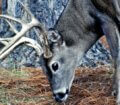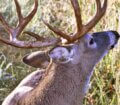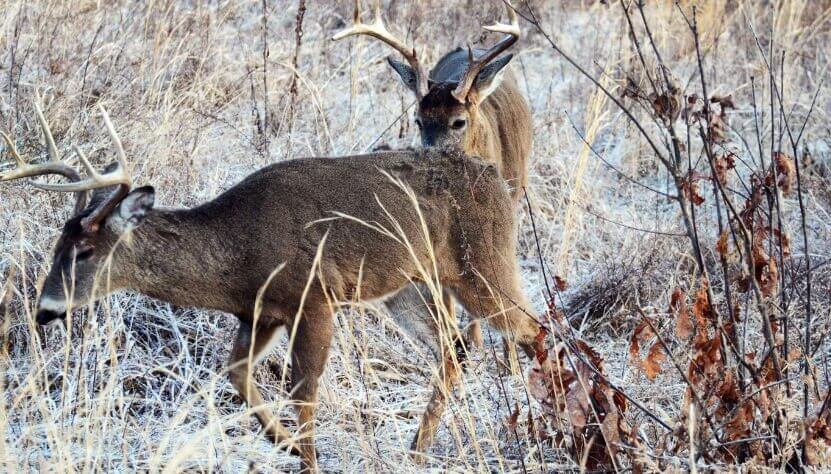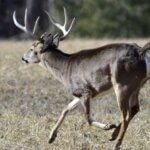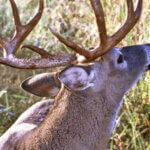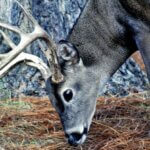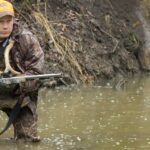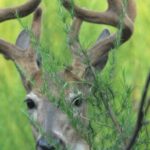Editor’s Note: Is there a better way, a more-scientific way to hunt deer? Can we use scientific information to plan our hunting strategies? The answer to these questions is, “Yes.” But hunting can’t be best learned by reading textbooks. Since conditions change throughout the day, knowing when to leave a tactic and/or change strategies is as critical to successful hunting as the wealth of information the hunter takes into the woods with him.
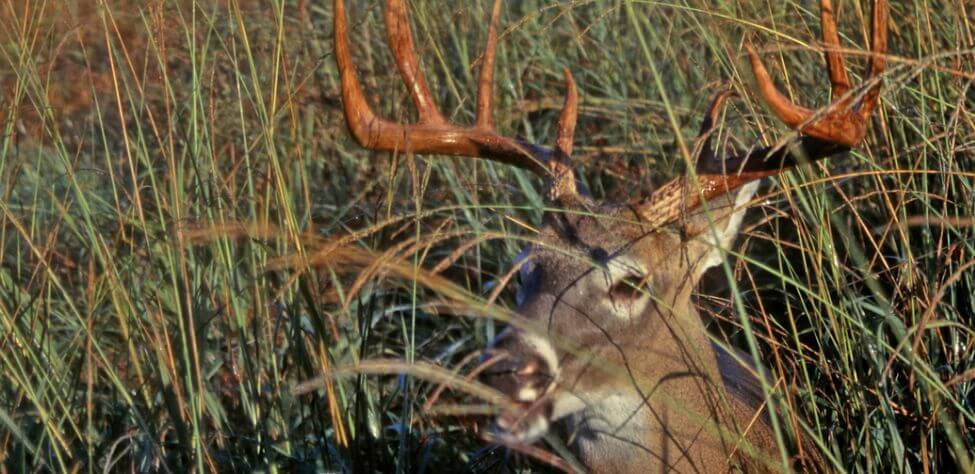
Link Together Deer Evidence and Sign
Dr. Billy Hillestad with a PhD in wildlife ecology and deer-wildlife management, emphasized beginning to hunt where you saw tracks and deer sign to be more successful in your deer hunting. “Remember oftentimes the best place to hunt may be right where you start to hunt – rather than 1/2-mile further in the woods. Don’t overlook obvious deer sign just because you’re only 10 to 20 yards from your vehicle.
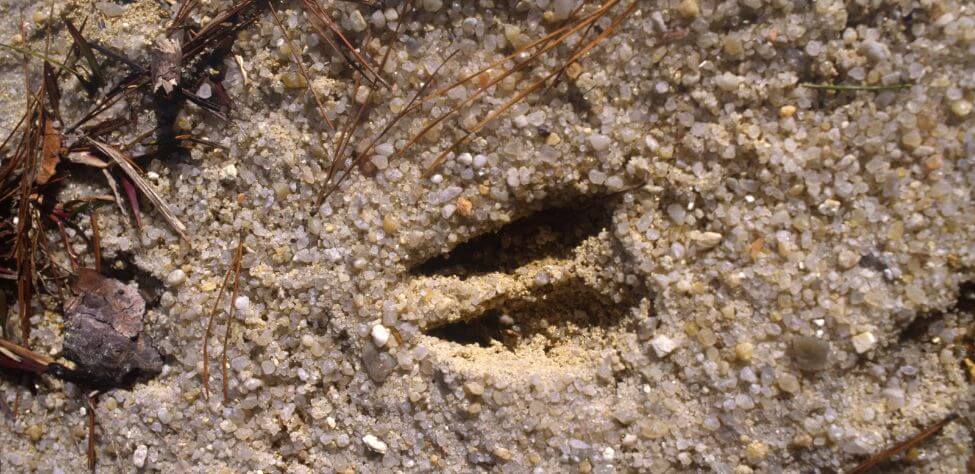
“If you see the tracks and sign showing deer have fed on a food plot, then realize the next place they probably will go is to a bedding area in the early morning. If possible, use a path or an old logging road, which will enable you to move quickly and quietly, to pass a green field and look for the closest thick cover where the deer can bed. Because deer prefer diversity of habitat, clear-cut regions provide an ideal place for deer to bed in the early morning. Usually if deer have fed all night, they’ll be lying in heavy cover at daybreak.”
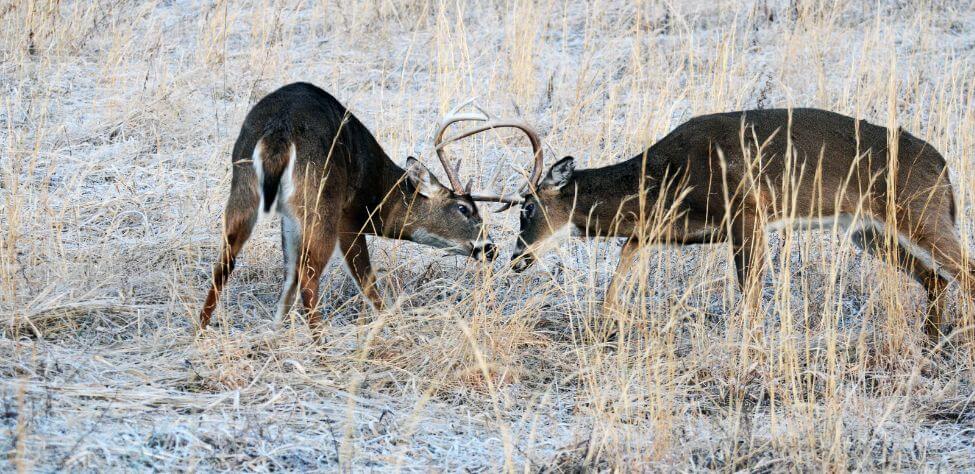
Consider When the Rut Occurs Where You’re Hunting
“One reason bucks won’t be bedding in the early morning is if a doe is in estrus,” Dr. Hillestad mentioned. “Then you may spot a buck following a doe. However, if you’re hunting during the prerut, the likelihood of catching a buck up and moving during the early-morning hours is remote.”
Tomorrow: Identify How Fresh Deer Sign Is

How to Hunt and Take Big Buck Deer on Small Properties
In this book, you’ll hear from 14 hunters who either have gained permission or leased properties as small as six acres to as much as 250 acres, and how they consistently take older-age-class bucks off these little lands.
VERSIONS: AUDIBLE, KINDLE & PRINT

Jim Crumley’s Secrets of Bowhunting Deer
Using a black magic marker and a gray work jumpsuit, Jim Crumley of Buchanan, Virginia, drastically changed the nature and purpose of hunting camouflage when he created the first sportsman’s camouflage – Trebark. Crumley’s love of bowhunting and his desire to be more invisible changed hunting clothing forever.
In this hunting guide, he shares the wisdom that he’s learned throughout his lifetime about how to be a hunter, how to find a deer lease, how to scout for deer, and more.
Special features include how to:
- Have a magic 60 acres to hunt
- Decide the best equipment to use
- Find deer year-round
- Locate land to hunt
- Know the best place to put your tree stand
- Get bucks within bow range
VERSIONS: AUDIBLE, KINDLE & PRINT

How to Hunt Deer Like a Pro
How do you know if the land you hunt has a trophy deer on it? Wildlife manager Bob Zaiglin, of Uvalde, Texas and Jim Crumley, the father of modern-day hunting camouflage, tells you how to find out. GPS can make finding and taking that trophy buck easier. This hunting guide will teach you how to hunt big bucks where no one else can find them, how to call deer, and how to become versatile as a deer hunter, so that if one deer tactic doesn’t work, another one will.
In the chapter, “How to find Bucks at Scrape,” Dr. Keith Causey, retired professor of Wildlife Science at Auburn University, describes the best way to hunt a scrape.
Brad Harrison of Neosho, Missouri, is a nationally-known videographer, professional deer hunter and master at calling deer. Another master is Will Primos of Primos Game Calls. These two experts will tell the best deer calls and when to use them in this book.
And for over 20 years, Bo Pitman, lodge manager of White Oak Plantation, has been studying deer movement patterns. He explains what types of conditions are best for predicting deer movement.
VERSIONS: AUDIBLE, KINDLE & PRINT

Deer hunting and deer hunters are drastically changing each year. To learn new techniques for hunting deer and have more places to hunt, I’ve interviewed some of the best deer hunters in the nation and share their tactics in How to Hunt Deer Like a Pro: Volume II.
In Chapter 10, Jacob Lamar tells you his tactics for consistently taking older-age-class bucks on public lands in several states. Chapter 11, Bob Walker explains how to find places on public lands where you can hunt that 99 percent of the other hunters never have considered hunting. The Bonus Chapter with David Ramey tells you how, where, when and with what equipment to take big Kansas bucks on public lands by hunting in 100-degree weather when others won’t hunt.
Chapter 13, Mark Drury, his family and his guests take mature bucks every season by having more small places to hunt rather than one large property. Drury explains the strategy of having satellite farms to hunt that only may be 50-150 acres each or less. Chapter 15, Pat Reeve, who hunts far-northern states and Canada, says, “I don’t like hunting for mature bucks until the weather is 20 degrees or less.” Chapter 4, Dr. Larry Marchinton says that funnels are the most-reliable stand sites to hunt for big bucks and tells why.
VERSIONS: AUDIBLE & PRINT

